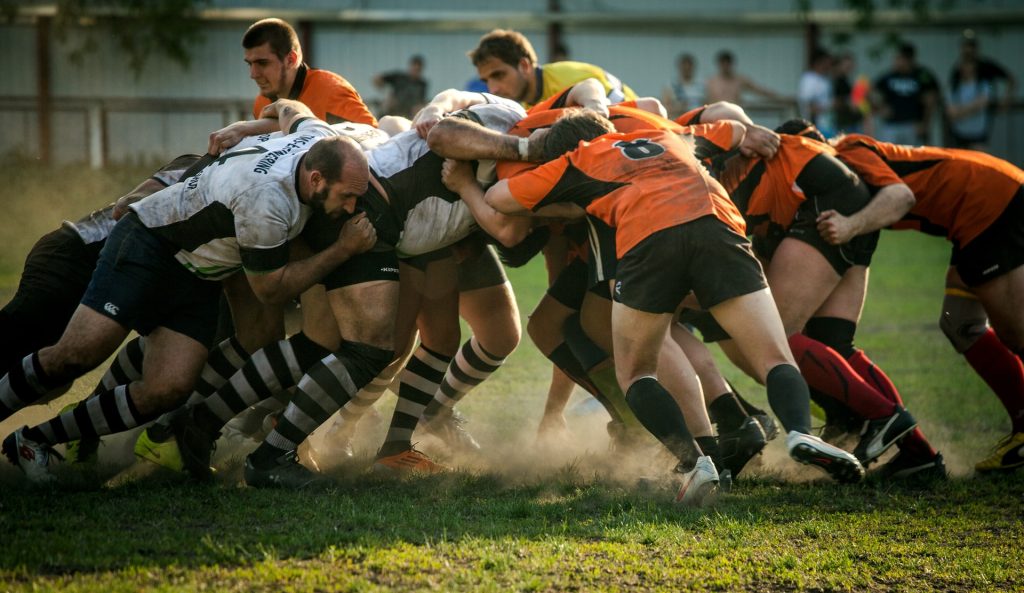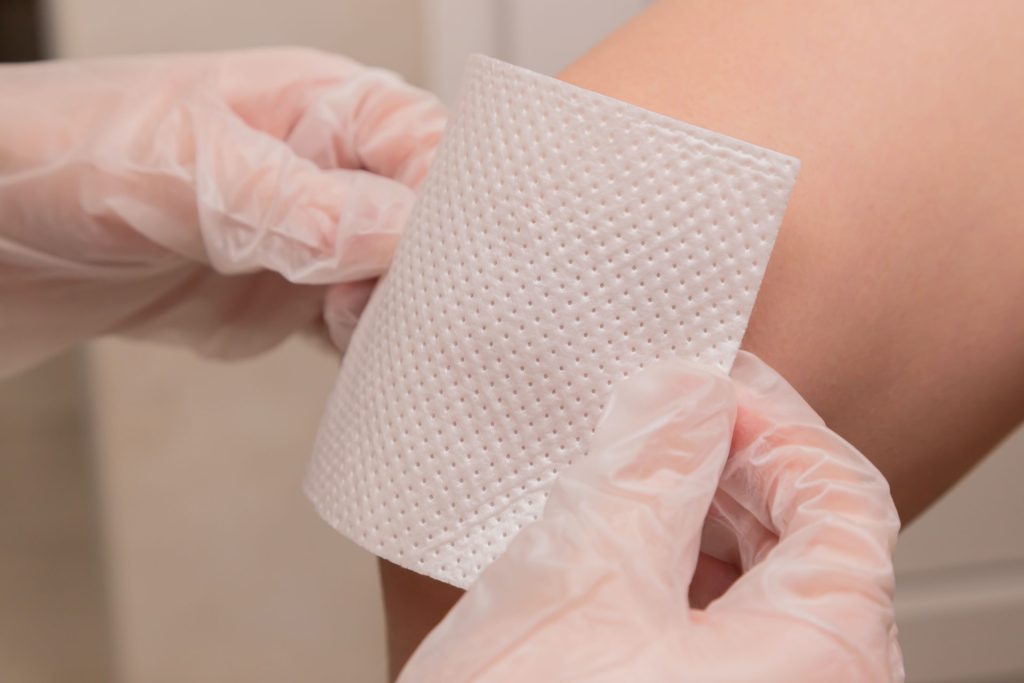Evidence Piles up for Repetitive Head Impacts Resulting in Encephalopathy

Over the past 17 years, evidence on chronic traumatic encephalopathy (CTE) has piled up. While some sports organisations like the National Hockey League and World Rugby still claim their sports do not cause CTE, a new review article in the journal Acta Neuropathologica strengthens the case that repetitive head impact (RHI) exposure is the chief risk factor for the condition.
CTE is characterised by a distinctive molecular structural configuration of p-tau fibrils that is unlike the changes observed with aging, Alzheimer’s disease, or any other diseases caused by tau protein.
Though CTE made US headlines in 2007, it wasn’t until 2016 that the National Institute of Neurological Disorders and Stroke/National Institute of Biomedical Imaging and Bioengineering (NINDS-NIBIB) criteria for the neuropathological diagnosis of CTE were published, and they were refined in 2021. Rare, isolated case studies reporting aberrant findings or using non-accepted diagnostic criteria have been disproportionately emphasised to cast doubt on the connection between RHI and CTE.
In the review, Ann McKee, MD, chief of neuropathology at VA Boston Healthcare System and director of the BU CTE Center, stresses that now over 600 CTE cases have been published in the literature from multiple international research groups. And of those over 600 cases, 97% have confirmed exposure to RHI, primarily through contact and collision sports. CTE has been diagnosed in amateur and professional athletes, including athletes from American, Canadian, and Australian football, rugby union, rugby league, soccer, ice hockey, bull-riding, wrestling, mixed-martial arts, and boxing.
What’s more, 82% (14 of the 17) of the purported CTE cases that occurred in the absence of RHI, where up-to-date criteria were used, the study authors disclosed that families were never asked what sports the decedent played.
According to the researchers, despite global efforts to find CTE in the absence of contact sport participation or RHI exposure, it appears to be extraordinarily rare, if it exists at all. “In studies of community brain banks, CTE has been seen in 0 to 3 percent of cases, and where the information is available, positive cases were exposed to brain injuries or RHI. In contrast, CTE is the most common neurodegenerative disease diagnosis in contact and collision sport athletes in brain banks around the world. A strong dose response relationship is perhaps the strongest evidence that RHI is causing CTE in athletes,” she added.
“The review presents the timeline for the development of neuropathological criteria for the diagnosis of CTE which was begun nearly 100 years ago by pathologist Harrison Martland who introduced the term “punch-drunk” to describe a neurological condition in prizefighters,” explained McKee, corresponding author of the study. The review chronologically describes the multiple studies conducted by independent, international groups investigating different populations that found CTE pathology in individuals with a history of RHI from various sources.”








